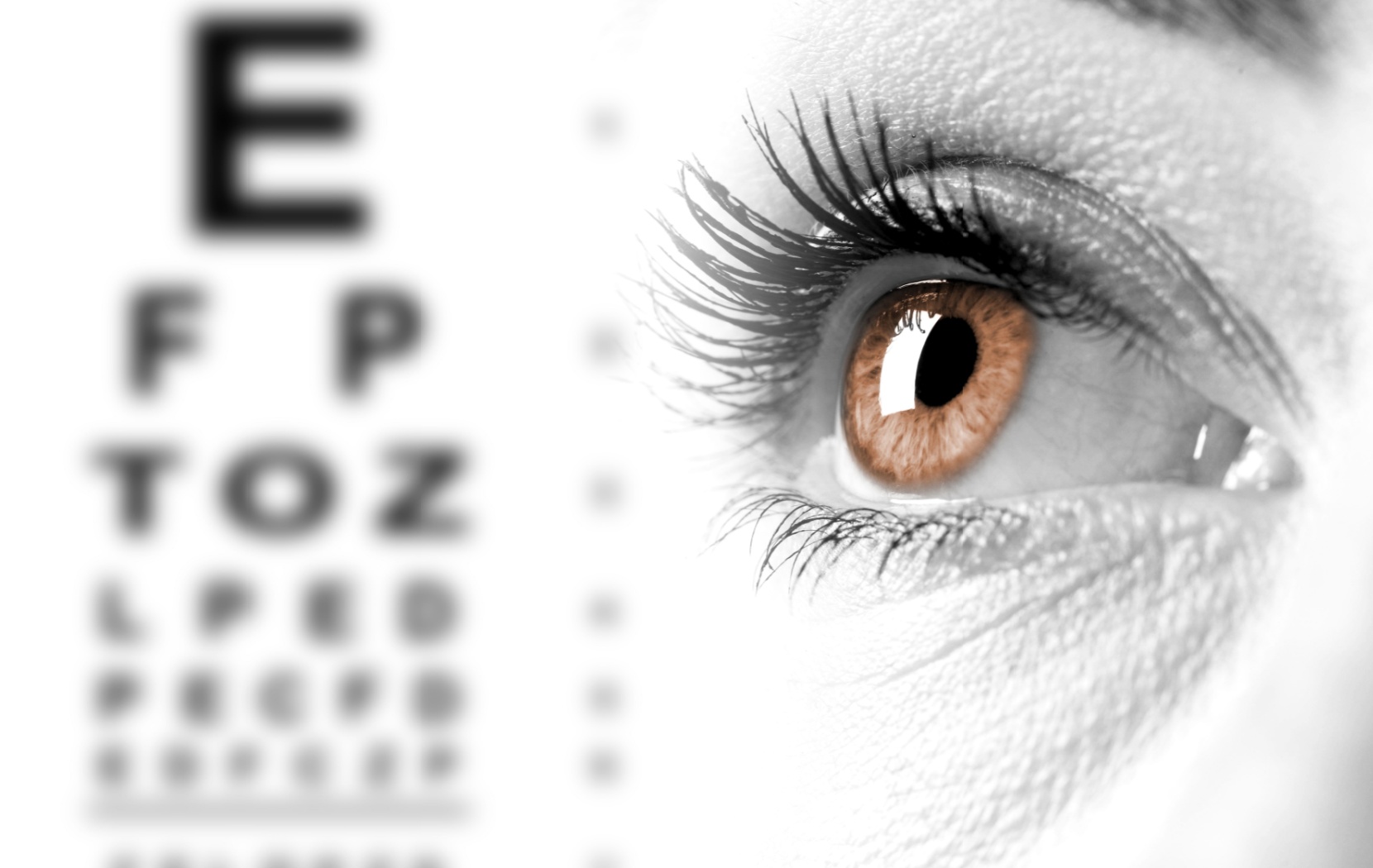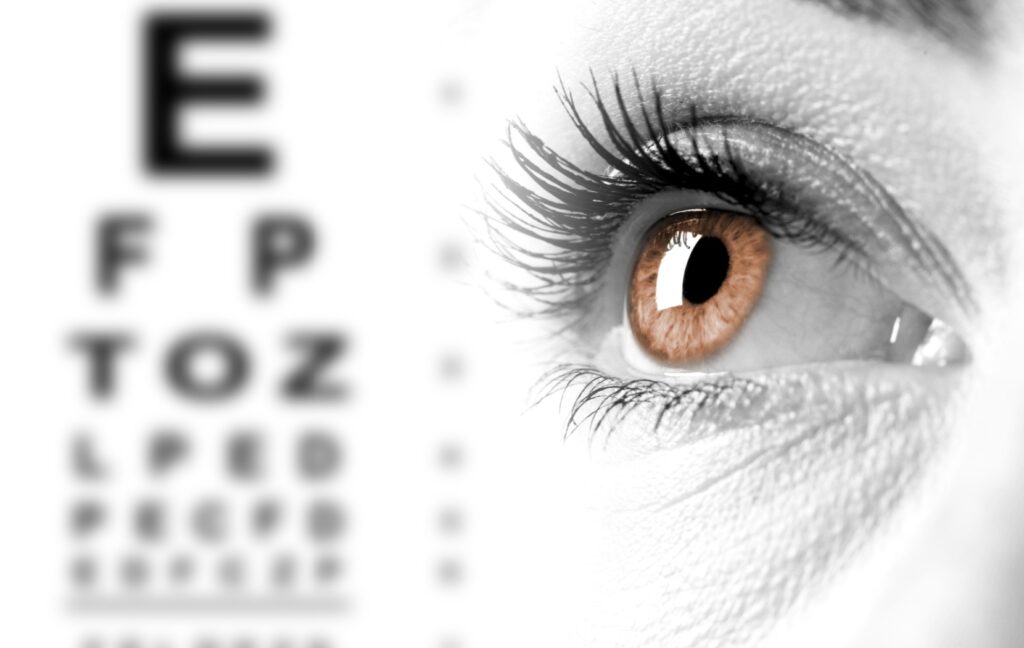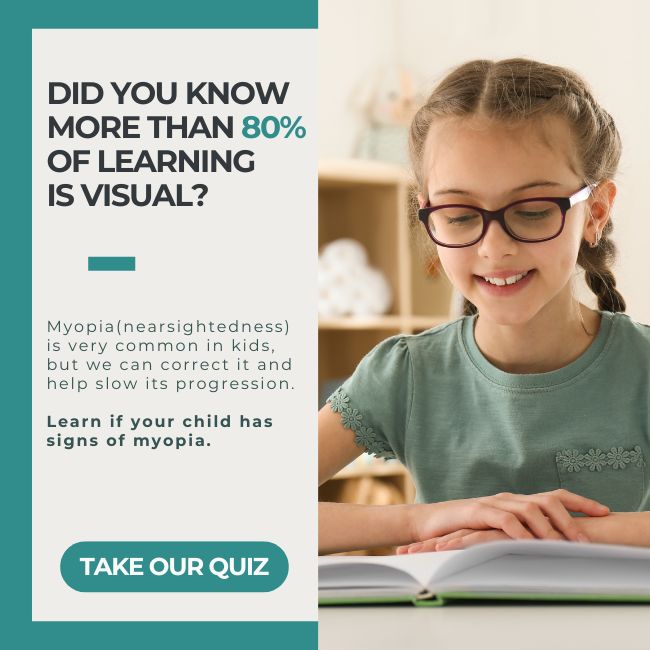Vision problems affect millions of people worldwide, yet many remain unclear about the differences between common refractive errors. 2 common refractive errors are myopia (nearsightedness) and hyperopia (farsightedness). While both affect how you see, they impact your vision in distinctly different ways.
If you have myopia, you’ll find that close-up objects are clear, but distant ones appear blurry. Conversely, hyperopia makes it easy to see objects far away, while close-up vision becomes challenging.
Whether you’re experiencing vision changes yourself or noticing signs in your child, knowing the key differences between myopia and hyperopia can guide you toward better eye health decisions.
What Is Myopia?
Myopia, commonly called nearsightedness, occurs when you can see objects up close clearly but struggle with distant vision. This happens when your eyeball is slightly longer than normal or when your cornea curves too steeply. These structural differences cause light to focus in front of your retina, rather than directly on it.
People with myopia often squint to see road signs, have difficulty recognizing faces from across the room, or sit closer to televisions and whiteboards. The condition typically develops during childhood and can progress rapidly during the school years.
Several factors contribute to myopia development:
- Genetics plays a significant role; children with myopic parents have a higher risk
- Extended near-work activities like reading and screen time
- Limited outdoor time during childhood
- Environmental factors in modern lifestyles
What Is Hyperopia?
Hyperopia, or farsightedness, creates the opposite problem. People with hyperopia can often see distant objects more clearly than those up close, though severe cases may affect vision at all distances. This condition occurs when your eyeball is shorter than normal or your cornea is too flat, causing light to focus behind your retina.
Unlike myopia, hyperopia symptoms can be subtle, especially in younger people whose eyes can compensate through accommodation. However, this constant focusing effort often leads to:
- Eye strain and fatigue
- Headaches after close work
- Difficulty concentrating on reading or detailed tasks
- Blurred vision when looking at nearby objects
Many children are born with mild hyperopia that naturally improves as their eyes grow. However, significant hyperopia requires correction to prevent eye strain and promote proper visual development.
Key Differences in Symptoms
The symptoms of myopia and hyperopia reflect their opposite effects on vision:
Myopia symptoms
- Squinting to see distant objects
- Difficulty seeing the board at school or presentations at work
- Frequent headaches from eye strain
- Sitting close to televisions or computer screens
- Holding books or devices very close to read
Hyperopia symptoms
- Blurred vision when reading or doing close work
- Eye fatigue after detailed tasks
- Headaches, especially after reading
- Difficulty focusing on nearby objects
- Aching or burning eyes
Children with hyperopia may avoid reading or other close-up activities, while those with myopia may struggle to see the board in class. Both issues can significantly impact a child’s academic performance and overall development.
How These Conditions Are Diagnosed
Both myopia and hyperopia can be diagnosed through comprehensive eye examinations. Your optometrist will use several tests to determine the type and degree of refractive error:
A visual acuity test measures how well you see at various distances using an eye chart. Refraction testing determines your exact prescription by having you look through different lenses while reading letters or symbols.
For children, additional tests may be necessary since they might not recognize or communicate vision problems effectively. Early detection is crucial, as untreated refractive errors can affect learning, development, and quality of life.
Regular eye exams are essential because both conditions can change over time. Myopia often progresses during childhood and adolescence, while hyperopia may become more noticeable with age as the eye’s focusing ability naturally decreases.
Treatment Options for Myopia
Several effective treatments can correct myopia and, importantly, help slow its progression in children:

MiyoSmart Lenses
MiyoSmart Lenses represent an innovative approach to myopia management. These specially designed spectacle lenses not only correct distance vision but also incorporate technology that helps slow myopia progression in children. The lenses use a honeycomb pattern of micro-lenses to create specific focusing signals that may reduce the stimulus for eye growth.
MiSight Contact Lenses
MiSight Contact Lenses are daily disposable soft contact lenses specifically designed for myopia control in children. These lenses have shown significant success in slowing myopia progression while providing clear vision correction.
Low-Dose Atropine Drops
Low-dose atropine drops are another treatment option that has shown promise in myopia control studies. These prescription eye drops are applied daily and work by temporarily relaxing the focusing mechanism of the eye.
Traditional correction methods like regular eyeglasses and contact lenses effectively improve vision clarity, but don’t address progression. For adults with stable myopia, these remain excellent options for vision correction.
Treatment Options for Hyperopia
Hyperopia treatment focuses primarily on providing clear, comfortable vision at all distances:
- Eyeglasses with convex lenses help focus light properly on the retina. Many people with mild hyperopia only need glasses for reading or close work, while those with moderate to severe hyperopia can benefit from full-time wear.
- Contact lenses offer a wider field of vision and can be particularly beneficial for active people. Both soft and rigid gas-permeable options are available, depending on the degree of hyperopia and individual needs.
- Refractive surgery may be an option for adults with stable hyperopia. Procedures like LASIK can permanently reshape the cornea to improve focusing ability.
Taking Care of Your Visual Health
Understanding the difference between myopia and hyperopia empowers you to recognize symptoms and seek appropriate care. Both conditions are highly treatable with modern optical solutions, and early intervention can significantly improve quality of life. At Insight Eyecare, we’re committed to providing comprehensive eye care solutions tailored to your unique needs. Our team can help determine the best treatment approach, whether you’re dealing with myopia, hyperopia, or other vision concerns. Schedule your comprehensive eye exam today to take the first step toward clearer, more comfortable vision.







